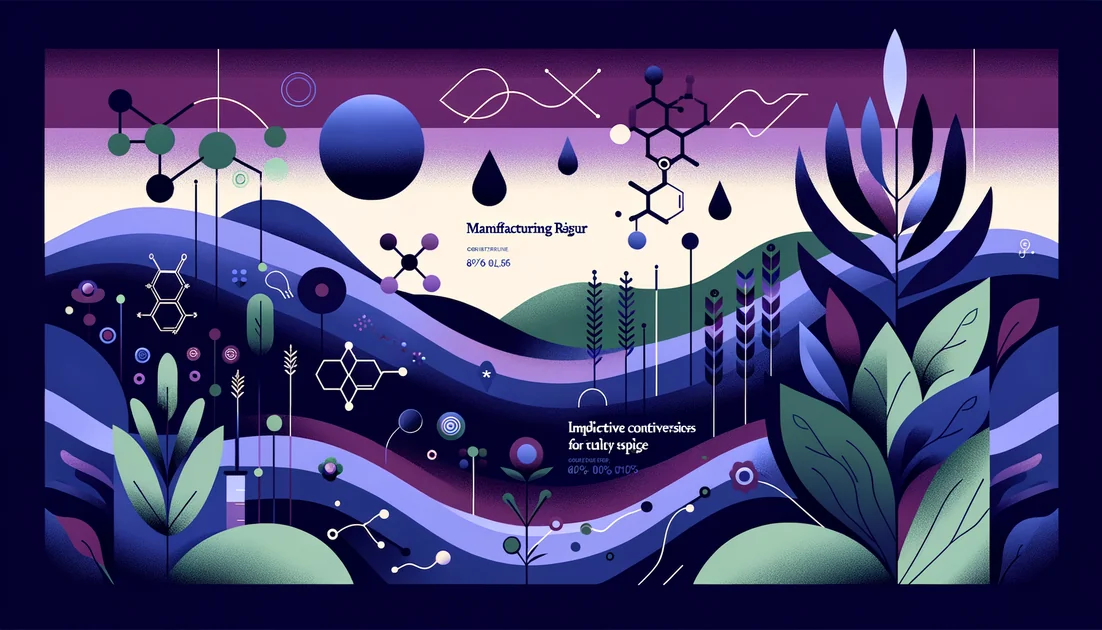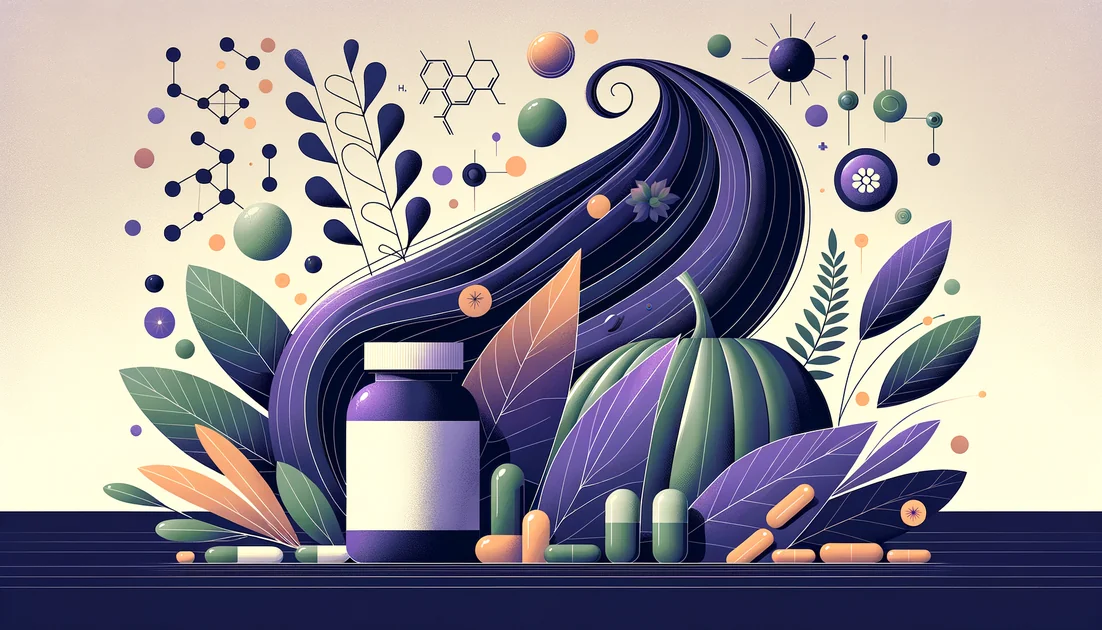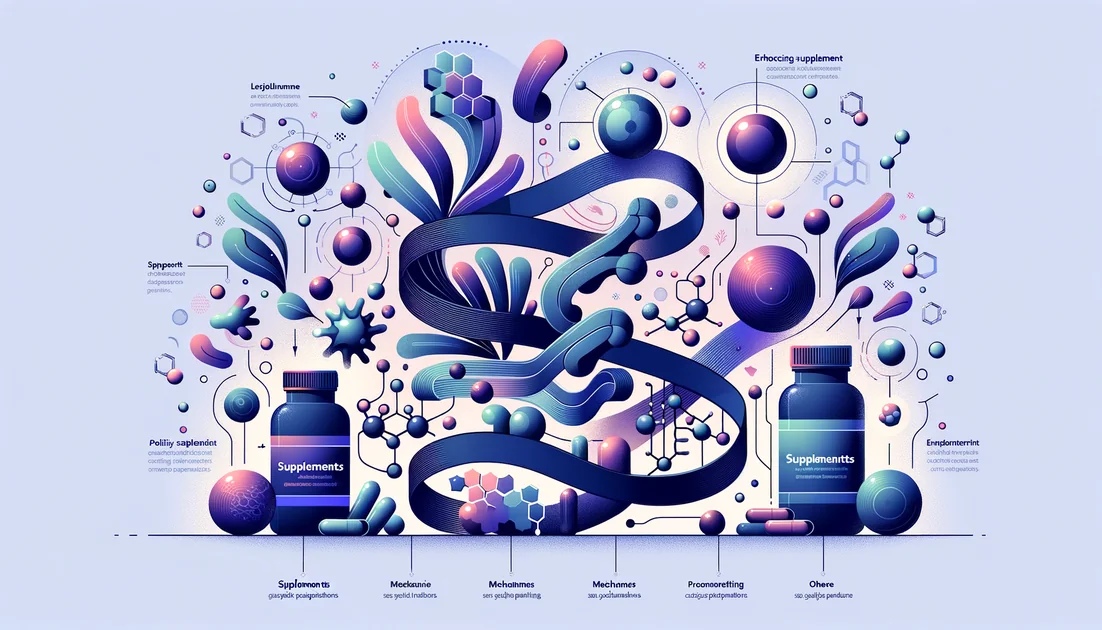
Leaves That Learned to Beat: What Spinach Really Teaches Us About Strength
Popeye reached for a can of spinach for iron. A century later, scientists reached for a spinach leaf and made it beat like a heart. The real story of strength in these leaves lies not in a decimal point of iron, but in rivers of veins and a whisper of gas that tells our arteries to relax. [16]
- Evidence
- Promising
- Immediate Effect
- Within hours (post-meal vascular effects; short-term satiety). → 1–2 months for increases in macular pigment; 1 week shows no tolerance for nitrate-related hemodynamics.
- Wears Off
- Vascular effects fade within 24–48 hours after stopping high-nitrate meals; macular pigment declines gradually over weeks without intake.
From "Persian vegetable" to everyday power food
Long before cartoon sailors, spinach traveled along human routes of trade and taste. Cultivated in ancient Persia, it arrived in China in 647 CE as the "Persian vegetable," then crossed the Mediterranean with Arab agronomists and reached Europe in the Middle Ages, valued for appearing when gardens were still waking from winter. [1][2]
The iron myth—and the lesson it left behind
You've probably heard it: spinach is packed with iron. Then you may have heard the counter-myth: a 19th-century chemist slipped a decimal point. The second story is itself a legend. Scholars traced the "decimal error" to a chain of sloppy citations; the real reasons were mundane—methods, dried-versus-fresh measurements, and the fact that spinach's iron is harder to absorb. The moral isn't to shun spinach; it's to be precise about why it's useful. [16][17]
What spinach actually does—fast
Picture lunch: a bowl with a generous handful of spinach. Within hours, compounds in leafy greens—natural nitrates—can be turned by mouth bacteria into nitrite, then into nitric oxide, the body's quick signal to widen blood vessels. In randomized trials where the "study food" was spinach itself (soups, meals, leaves), researchers saw acute drops in systolic blood pressure and improvements in measures of artery flexibility. Effects showed up the same afternoon and persisted across a week without obvious tolerance. [3][4][5] Not every study shows lasting blood-pressure change with simply "more nitrate-rich vegetables" over weeks, and large population studies suggest the heart benefits of greens likely come from the whole package of nutrients, not nitrates alone. As Dr. Walter Willett put it, "There are clear reasons to..eat more vegetables. But so far, the evidence is not at all clear that nitrates are an important part of that risk or benefit." [9]
A different kind of vision: pigments for the eye (and maybe the mind)
Spinach is one of nature's reliable sources of lutein and zeaxanthin—the yellow pigments that settle into the retina like a pair of sunglasses for the macula. Small human studies feeding actual spinach reported increases in serum lutein and in macular pigment optical density within 1–2 months. Large trials in people at high risk for age-related macular degeneration (AMD) show that lutein/zeaxanthin supplements can be part of evidence-based eye formulas, even if they're not a cure. Food first, pills when indicated. [7][8][10]
The satiety twist: leaves that slow the craving clock
Researchers also explored thylakoids—the tiny green membranes inside spinach leaves that help plants light into energy. When concentrated from spinach and added to a drink, these membranes delayed fat digestion just a bit, dialing down hunger and food longing over the next two hours in a controlled crossover trial. Think of it as tapping the brakes on the snack impulse. [6]
When a leaf becomes a map
In 2017, engineers washed the cells out of a spinach leaf, leaving its lacework of veins—nature's capillary map—then seeded it with human heart cells. Days later, the tissue began to beat. "To be able to just take something as simple as a spinach leaf..and that into a tissue that has the potential for blood to flow through it" was "very, very exciting," said lead researcher Glenn Gaudette. The work didn't make an organ; it offered a blueprint for moving blood through engineered tissue. [11][12]
Real-world cautions: oxalate and context
Spinach's oxalate content is high. For most people, variety and hydration make this irrelevant. But in susceptible folks—those with a history of calcium-oxalate stones, chronic kidney disease, gastric bypass, or very high "green smoothie" intakes—oxalate can pile up. Case reports document acute oxalate nephropathy following large, prolonged intakes of oxalate-rich drinks, sometimes leading to dialysis, especially in people with other risk factors. Pairing spinach with calcium-rich foods (so oxalate binds in the gut) and boiling then discarding the water can lower exposure. [13][14][15]
How to put the leaf to work (without the lore)
Aim for a cup of cooked or two cups of raw leafy greens most days; let spinach be one of several players (kale, arugula, lettuces). [9]
For vascular perks, think meal-by-meal: a spinach salad or sauté can nudge nitric oxide the same afternoon. Don't expect miracles—expect small, cumulative wins. [3][4][5]
For iron, remember spinach's iron is less absorbable; adding vitamin-C-rich foods (citrus, peppers) helps. For stone-formers, add calcium at the same meal (yogurt, sardines, tofu set with calcium) or choose lower-oxalate greens more often. [15]
For eyes, food sources of lutein/zeaxanthin (spinach, egg yolks) are a base; supplements enter the picture if your clinician recommends an AREDS2-type formula. [10]
What endures
Spinach's story isn't about a decimal point or a single nutrient. It's about a leaf that carries ancient trade winds, widens arteries after lunch, tints the retina's shield, tempers appetite, and—on a lab bench—offers a ready-made roadmap for future tissues. Its strength is the strength of systems working together: plant and person, history and science, plate and possibility. [1][3][6][11]
Key takeaways
- •Spinach's high nitrates can acutely improve endothelial function and modestly lower systolic pressure after a meal; a week of high-nitrate spinach soup lowered central and brachial BP in healthy adults.
- •Lutein and zeaxanthin from daily spinach raise blood levels and macular pigment within 1–2 months; large trials support these pigments in eye formulas for people at risk of AMD.
- •Make it routine, not heroic: about 2 cups raw or 1 cup cooked daily alongside other greens; rotate varieties across the week.
- •Timing depends on the goal: for vascular effects, include spinach with lunch or dinner and expect same-day changes; for eye health, think in weeks to months.
- •Cautions match the leaf: high oxalate means stone-formers and those with CKD should moderate portions, pair with calcium, emphasize variety, and talk with a clinician; vitamin K consistency matters on warfarin.
You might also like
Explore more of our evidence-led investigations, comparisons, and guides across every article style.

Natrol
Natrol's Quality Labwork Is Strong—But Marketing Claims Have Tripped Them Up

Alpha-GPC (choline alphoscerate) vs CDP-Choline (Citicoline)
For daily focus and memory, pick Citicoline (250–500 mg/day). For a one-off workout power boost, Alpha-GPC (≈600 mg pre-session) has limited acute data—but weigh a cohort signal of higher long-term stroke risk if used chronically, especially in older adults.


Methylsulfonylmethane (MSM)
A solvent changed the way surgeons preserved organs—and in its wake, an odorless offshoot quietly slipped into runners' bottles and arthritis pill organizers.


Tocotrienols
The stealthier cousins of vitamin E—built with springy tails that move differently in cell membranes and behave differently in your body.

